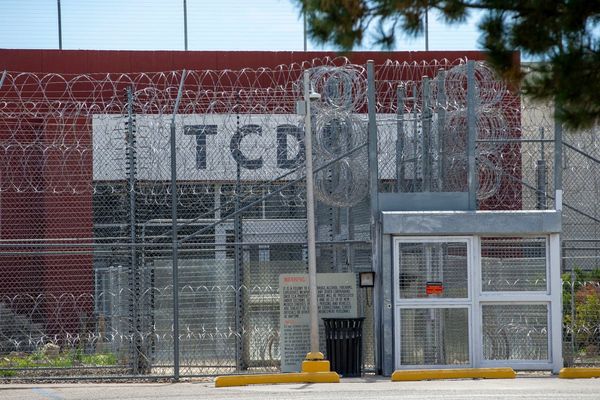
How much money do you need to get by without stress? We don’t mean in terms of salary, but in terms of total net worth. What’s your magic number? Keep in mind, this is the amount of money you feel is needed not to live in luxury, but the amount needed to be at ease.
Find Out: Fidelity Says This Is a Surprising Risk of Holding Too Much Cash — Do You Have Too Much?
Read Next: 6 Hybrid Vehicles To Stay Away From in Retirement
The Charles Schwab 2025 Modern Wealth Survey, published in July, found that Americans believe the average net worth needed to be “financially comfortable” in 2025 is $839,000. This is the average number across the board, but when broken down by generations, we see tremendous differences. Boomers said that $943,000 is needed; Gen X said $783,000, millennials said $847,0000 and Gen Z said the average net worth needed to be financially comfortable is $329,0000.
What goes into one’s definition of financial comfort? Why is $839,000 the average net worth deemed necessary to achieve it? How does that number break down? Consider the following six spending pillars that factor into that figure.
Housing
The most expensive thing most Americans can buy is a home. And for those who don’t own, rent is likely their highest monthly expense. Americans thinking of financial comfort are probably considering how much a home costs. The average single-family home value in the U.S. is $369,147, according to Zillow.
Learn More: 3 Signs You’ve ‘Made It’ Financially, According to Financial Influencer Genesis Hinckley
Food
A major aspect of financial comfort is not just having the money to eat but having the money to eat well. In the U.S., a healthy diet is pricey. One study found that following the MyPlate Dietary Guidelines would cost a family of four up to $14,400 a year — and that study was from 2017. In 2025, healthy eating is more expensive due to several factors including inflation, supply chain inefficiencies, climate-change related droughts and, soon, possibly tariffs.
Transportation (Car)
A lot of major metros make public transportation pretty accessible, but close to 45% of people in the U.S. don’t have access to public transportation, so getting around can require a car. Currently the average cost of a new car is close to $50,000 and the average cost of a used car is more than $25,000. Then you’ve got to tack on the cost of auto insurance and maintenance. You’ve also got to consider that all cars eventually need to be replaced.
Healthcare
Americans spend more on healthcare than most other large, wealthy countries, and piling up medical bills they just can’t afford to cover in cash is a significant source of U.S. household debt. In 2022, U.S. healthcare spending averaged $13,493 per person. That number went up to around $14,570 in 2023 and is on track to keep going up.
Smartphone
It doesn’t pop up on most financial experts’ list of “essentials,” but let’s be real: We’re increasingly reliant on smartphones. And they cost a lot — not just to buy upfront, but to use and insure. A 2024 report from doxo found that Americans spend an average of $1,365 per year on mobile phone services, up 2% from 2023.
Clothing
Nudity laws make it illegal to walk around unclothed so there’s no arguing that clothing is an essential. In 2024, the average household spending on clothing per month was about $120 ($1,434 per year). We’re already seeing that this will be more in 2025 based on the price impact of tariffs alone.
The Grim (Expensive) Reality
We’ve covered six primary spending categories, but we didn’t even get to the money needed for your emergency fund (six months of living expenses in a high-yield savings account) or your retirement ($835,453 for 25 years and $1,003,548 for 30 years, on average, in the U.S., with costs varying dramatically between states).
So, while $839,000 is a lot of money, you have to wonder whether it really would mean you’re set for a financially comfortable life. Based on how expensive essentials are, and the fact that when we say “financially comfortable” we’re most certainly thinking about a life that includes entertainment, travel and miscellaneous spending. Is $839,000 really enough in 2025?
More From GOBankingRates
- 3 Luxury SUVs That Will Have Massive Price Drops in Summer 2025
- 4 Things You Should Do if You Want To Retire Early
- How Much Money Is Needed To Be Considered Middle Class in Your State?
- The New Retirement Problem Boomers Are Facing
This article originally appeared on GOBankingRates.com: The 6-Figure Number Americans Think It Takes To Be Financially Comfortable, According to Charles Schwab Survey







